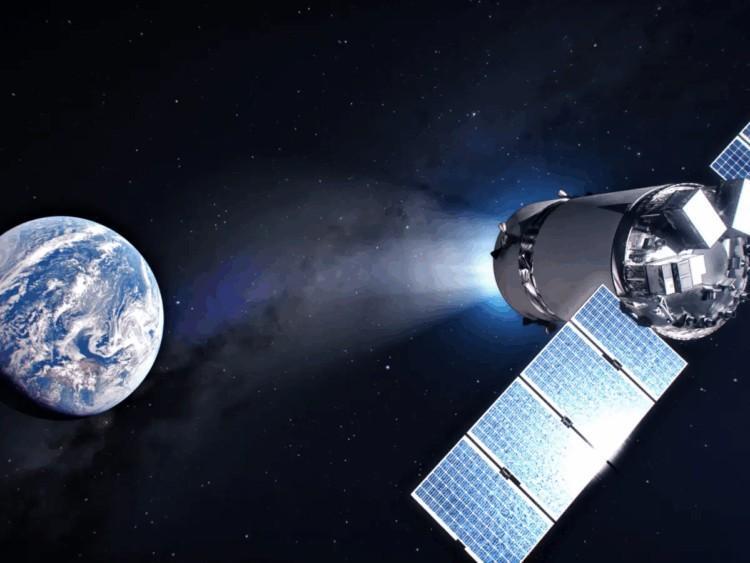
New Propellantless Tech Could Enable Interstellar Space Travel
For decades, space travel has been limited by the capacity of fuel that a spacecraft can carry. The amount of fuel required to escape Earth’s gravity and travel to other planets is substantial, and the weight of this fuel can be a significant burden on the spacecraft. However, new technologies are being developed that could revolutionize space travel by allowing spacecraft to propel themselves without the need for fuel. These innovative technologies, such as magnetic and electric sails, use the solar wind to accelerate spacecraft, providing continuous acceleration and potentially enabling interstellar travel.
The solar wind is a stream of charged particles emitted by the sun, and it can be harnessed to propel a spacecraft. Magnetic and electric sails are designed to interact with the solar wind, using the energy from the sun to generate a continuous force that propels the spacecraft forward. This technology has the potential to revolutionize space travel, as it would allow spacecraft to travel long distances without the need for fuel. The continuous acceleration provided by the solar wind would also enable spacecraft to reach higher speeds than traditional propulsion systems, making interstellar travel a more realistic possibility.
One of the key advantages of magnetic and electric sails is that they can provide continuous acceleration over a long period of time. Traditional propulsion systems, such as chemical rockets, provide a high thrust over a short period of time, but they are limited by the amount of fuel they can carry. Magnetic and electric sails, on the other hand, can continue to accelerate a spacecraft over a period of months or even years, making them ideal for long-distance space travel.
Another technology that is being developed to enable interstellar travel is the use of gravity assists. Gravity assists involve using the gravity of a planet or moon to change the trajectory of a spacecraft, allowing it to gain speed and alter its course. By combining gravity assists with magnetic and electric sails, spacecraft could potentially achieve even higher speeds and travel farther distances. For example, a spacecraft could use a gravity assist to gain speed and then use a magnetic or electric sail to continue accelerating, allowing it to travel to other star systems.
NASA and the European Space Agency (ESA) are actively testing these new technologies, bringing deep-space exploration closer to reality. NASA’s Solar Sail Technology Demonstration, for example, is a mission designed to test the feasibility of using solar sails for propulsion. The mission involves deploying a solar sail in space and using the energy from the sun to propel a spacecraft. The ESA is also working on a similar project, called the “Solar Orbiter,” which will use a combination of solar sails and gravity assists to study the sun and its corona.
The potential implications of these technologies are enormous. If successful, they could enable humanity to travel to other star systems and explore the universe in a way that was previously thought to be impossible. The ability to travel to other star systems could also potentially provide a new source of resources, such as minerals and energy, and could even provide a new home for humanity if Earth were to become uninhabitable.
However, there are still many challenges to overcome before these technologies can be used for interstellar travel. One of the main challenges is the development of materials that can withstand the harsh conditions of space, such as extreme temperatures and radiation. Additionally, the development of advanced navigation and communication systems will be necessary to support long-distance space travel.
Despite these challenges, the potential benefits of these technologies make them an exciting and worthwhile area of research. The possibility of traveling to other star systems and exploring the universe is a tantalizing one, and the development of these technologies could potentially revolutionize our understanding of the cosmos.
In conclusion, the development of magnetic and electric sails, combined with gravity assists, has the potential to enable interstellar space travel without the need for fuel. These innovative technologies are being actively tested by NASA and the ESA, and they could potentially revolutionize our ability to explore the universe. As we continue to push the boundaries of what is possible, we may soon find ourselves traveling to other star systems and exploring the cosmos in ways that were previously thought to be impossible.






